|
107. Melitaea athalia (Rottemburg, 1775) / Heath fritillary / Nymphalidae – Melitaeinae
NL: bosmelitea, bosparelmoervlinder / D: Wachtelweizen-Scheckenfalter / F: melitée du mélampyre, damier athalie
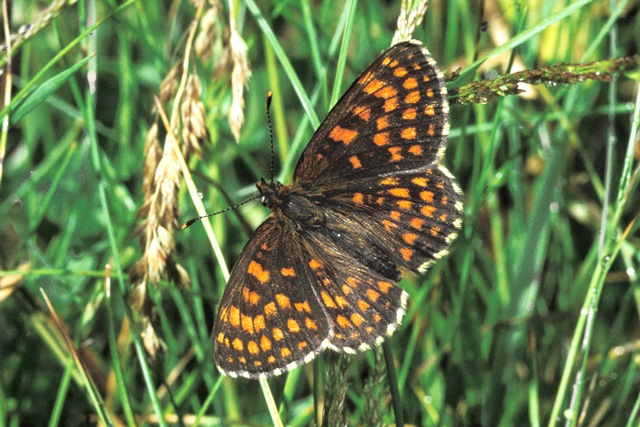 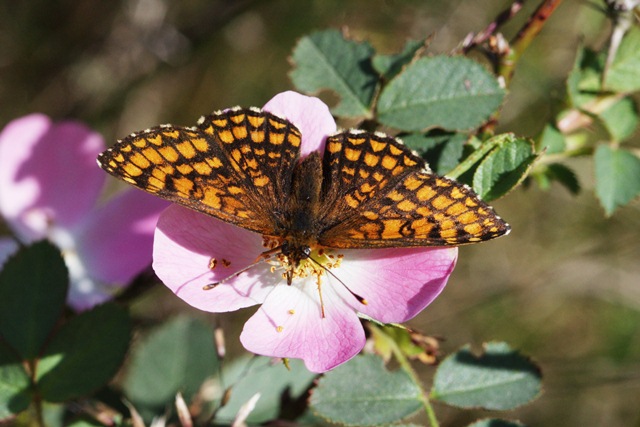 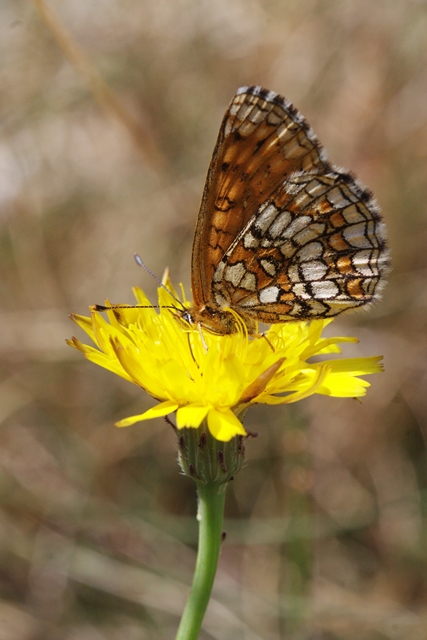
Photographs: Jeroen Voogd ©.
Small or medium-sized, wing length 19 (16-21) mm. In the Benelux, this species is a woodland inhabitant, at edges between heath and wood or in open woodland with an undergrowth of a vegetation containing common cow-wheat (Melampyrum pratense). It occurs in Luxemburg and Wallonia but has disappeared from Flanders (Maes & Van Dyck 1999: 312-313) and in the Netherlands it has disappeared from many places and is now present only in a few localities on the Veluwe.
Butterfly is on the wing from end-May until mid-July and peaks mid-June. The species is known from maritime and continental climates, amplitude 6 to 17. Required heat sum 600°d and maximum tolerated 2000°d, corresponding climate windows 22 and 38 weeks.
At present it seems that the occurrence of the species is correlated with the presence of Melampyrum pratense but in fact the larvae feed on various plants containing iridous glycosides (Van Genderen, Schoonhoven & Fuchs 1996: 221-228).
In England this species occurs mainly in coppiced woods or copses and the main conservation practise is to re-establish this historical exploitation. However, on the Exmoor hills, this species inhabits open heathland, feeding on foxglove (Digitalis purpurea).
In the Netherlands some reintroduction trials were carried out in the 1980’s and 1990’s in the province Drenthe, the last one in 1995. However, none were successful (Bos et al. 2006: 288).
In the subarctic climate in the north of Scandinavia there occurs the subspecies Melitaea athalia norvegica,which must have a quite different lifecycle because of the short season there.
Ecological characteristics
Behaviour over time
Overwintering: small larva in third or fourth instar in a small group together under a wilted leaf in the litter layer.
Reproduction: oviposition starts after 7-10 days when the body contains 191 ± 60 eggs (n=7), estimated potential production 1.5 times as much.
Larval feeding periods: in summer about 32 days in period from mid-July until late-August, in next spring 40 (28-51) days from end-March until early-June.
Generations: one.
Spreading of risk: stage of overwintering, in third or fourth instar, and the occurrence of a second diapause up to 8%.
Life cycle: egg about 16 days; larva 47 or 99 weeks; pupa 15-26 days.
Life span of adult: males short, 2 weeks, females rather longer, 3 weeks, 20.2 ± 5.4 days (n=5).
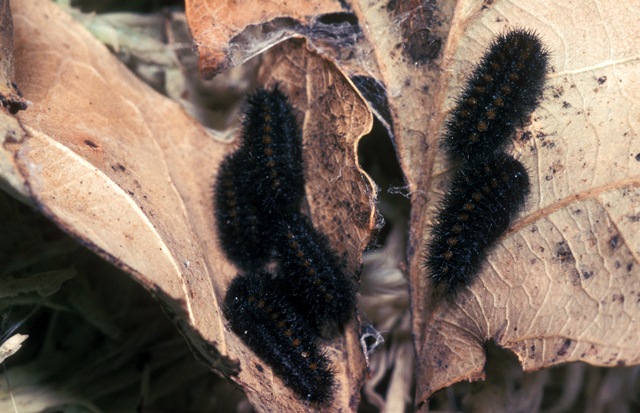 
Photographs: Frits Bink ©.
Behaviour in space
From stay-at-home to migrant: stay-at-home, spatial requirement modest.
Finding a mate: male patrols or meets females when nectaring.
Orientation in the landscape: gradient between wood and tall grass or heath. Also an open wood with a grassy undergrowth.
Oviposition: in batches of 75 (20-130) eggs on underside of a mature leaf.
Defence
Threats from other organisms: larva is armoured with stiff bristles.
Threats from the environment: vulnerable to heat and drought.
Feeding habits
Adult: all kind of flowers, such as creeping thistle (Cirsium arvense) and high up in the canopy on a flowering common lime (Tilia vulgaris).
Larva: when young it lives gregariously in silken nest, in spring more solitarily and wanders to look for a new host-plant.
Larval foodplants
Plant species: Plantaginaceae, Digitalis purpurea, Plantago lanceolata, Veronica chamaedrys, Orobanchaceae, Melampyrum pratense.
Journal
Rearing experiments:
1. Based on specimen from national park Hoge Veluwe, Netherlands:
29 June 1980: one female captured.
8 July: eggs laid.
24 July: eggs hatched.
4 August: larvae second instar 2-3 mm in length.
17 August: larvae unequal in size, most in third instar, 6.5 mm in length.
[Accepted plant species Veronica chamaedrys, Melampyrum arvense, M. pratense, Plantago lanceolata. Refused: Veronica officinalis, Succisa pratense.]
Overwintered outdoors.
1 April 1981: larvae had been active for 10 days, fed a little, basked socially on a leaf. Of the original 80 larvae there were only eight survivors.
17 April: first prepupa, larvae hid at night and during cold days.
9 May: last larva pupated.
13 May: first adult appeared.
2. Based on specimen from the Loenermark, de Imbos, Netherlands:
12 July 1990: female captured, laid 184 eggs.
Overwintered outdoors.
7 March 1991: larvae basked but had not feed.
10 March: larvae started to eat Veronica spicata, V. chamaedrys, Digitalis purpurea.
13 March: there were eleven fourth instar and twelve third instar larvae.
14 March: when the ambient temperature had reached 29°C most larvae moved into shade and appeared again when temperature dropped to 25°C.
24 March: larvae moulted, basked up to a temperature of 32°C, when it became warmer they moved into the shade. They ate alternating Digitalis, Plantago, Veronica.
28 March: larvae mostly in moult, three in last instar.
2 April: larvae refused Veronica officinalis, Plantago maritima, but accepted Veronica agrestis, V. austriaca, Plantago coronopus.
7 April: first pupa.
5 May: first adult appeared.
14 May: male and female appeared.
19 May: another female hatched.
24 May: last pupa hatched.
Table 107-1. Results of dissections

Table 107-2. Collection and observation localities
B, Ethe, 240 m, 49° 36’ 25”N – 5° 35’ 50”E; 11 July 1984.
D, Meetschow, 53° 02’ 32”N – 11° 23’ 32”E; 22 June 1984.
D, Arnstein, 50° 01’ 57”N – 9° 47’ 41”E; 22 July 1984.
D, Steigerwald, 49° 39’N – 10° 23’E; 24 July 1984.
EST, Kuresoo, 58° 28’ 00”N – 25° 11’ 59”E; 8 July 1999.
F, Dommartin-la-Montagne, 49° 01’ 51”N – 5° 36’ 53”E; 24 June 2006.
F, la Garde Freinet, 100 m, 43° 19’N – 6° 30’E; 29 April 1997.
F, Lorraine, Rupt devant Saint-Mihiel, 280 m, 48° 53’ 01”N – 5° 24’ 10”E; 28 June 2006.
NL, Hoge Veluwe, 52° 05’N – 5° 51’E; 29 June 1980, 11 July 1983, 30 July 1984.
NL, Hoge Veluwe, 52° 04’ 47”N – 5° 49’ 47”E; 27 July 2000, 31 August 2000.
NL, Hoge Veluwe, 52° 03’ 41”N – 5° 50’ 46”E; 31 May 2002.
NL, Loenermark, de Imbos, 52° 06’ 09”N – 5° 58’ 36”E, 15 June 2001.
S, Gotland, Buttle, 57° 25’ 09”N 18° 34’ 38”E; 25 June 2004, 6 July 2004, 16 July 2004.
S, Gotland, Folhammar, 57° 20’ 49”N – 18° 44’ 12”E; 19 June 2004.
S, Gotland, Ljugarn, 57° 22’ 03”N – 18° 41’ 31”E; 13 July 1982, 21 June 2004.
S, Gotland, Grodde, 57° 52’ 01”N – 18° 49’ 02”E; 2 July 2004.
S, Gotland, Hummelbosholm, 57° 11’ 48”N – 18° 32’ 56”E; 8 July 2004.
S, Gotland, Klinteklinten, 57 40’ 14”N – 18 46’ 26”E; 13 July 2004.
S, Gotland, Lickershamn, 57° 50’ 17”N – 18° 34’ 54”E; 3 July 2004.
S, Gotland, Lickershamn, 57° 51’ 05”N – 18° 37’ 46”E; 17 July 2004.
S, Gotland, Östergarn, 57° 24’ 43”N – 18° 43’ 27“E; 15 July 2004.
S, Gotland, Russväter, 57° 23 29”N – 18° 43’ 36”E; 16 July 2004.
S, Gotland, Stygmyr, 57° 50’ 10”N – 18° 38’ 32”E; 18 July2004.
S, Öland, Ismantorp borg, 56° 44’ 44”N – 16° 38’ 33”E; 8 July 1982, 13 July 2004.
Fig. 10-1. Melitaea athalia, phenogram adapted from Fichefet et al. 2008: 235.
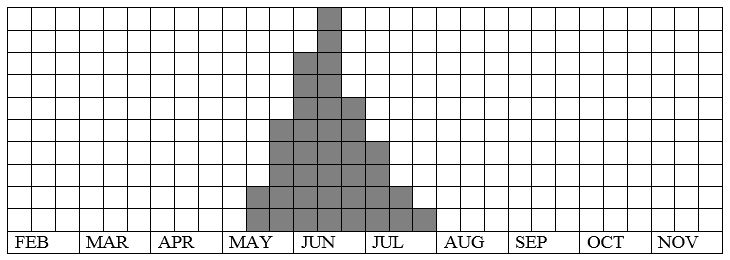
Fig. 107-2. Melitaea athalia, habitat characteristics.
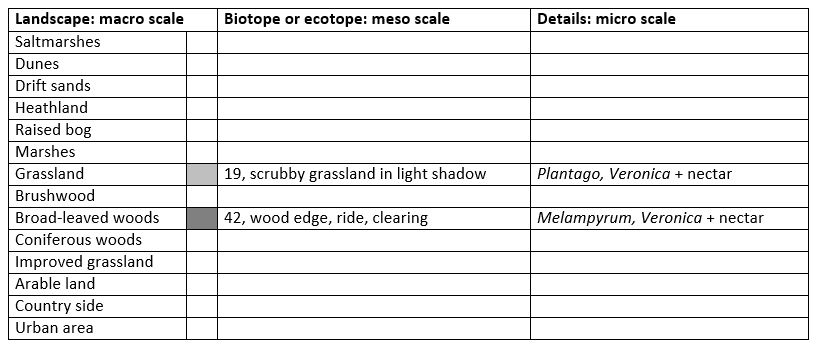
Fig. 107-3. Melitaea athalia athalia, climate matrix, heat-sums 600 - 2000°d.
Melitaea athalia norvegica, heat-sums 150-400°d (dark part).
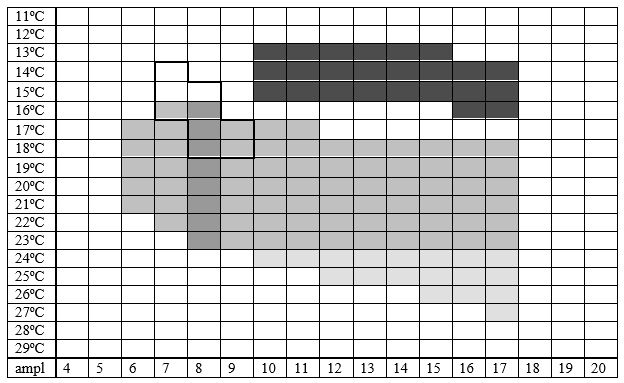
|










